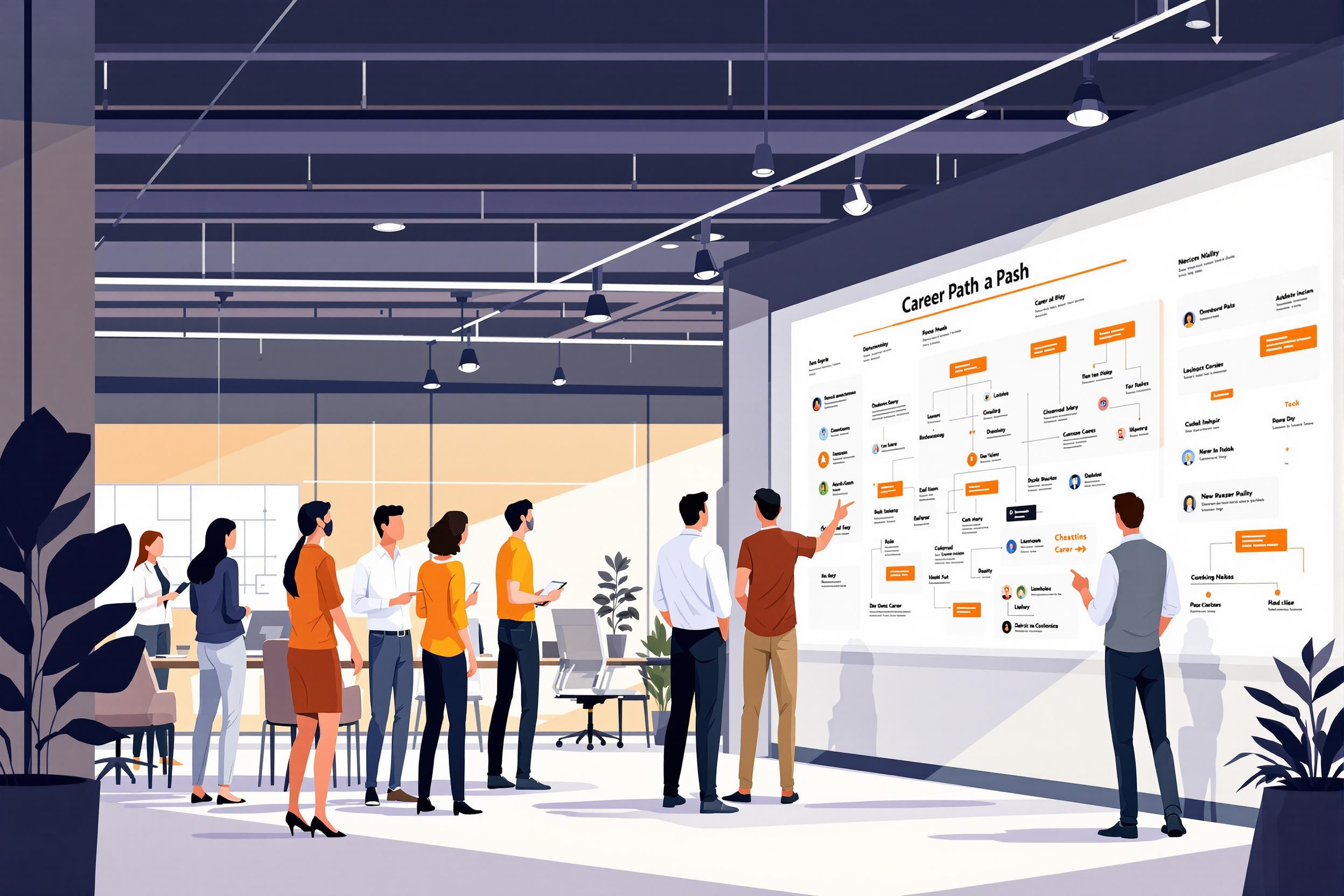
Transportation Logistics
Transportation Logistics, in the context of art installation, refers to planning and managing how artwork and exhibition materials are packed, moved, and delivered safely. This includes coordinating vehicles, planning routes, timing deliveries, and ensuring proper handling of delicate or valuable pieces. It's similar to event planning but specifically focuses on safely moving art pieces from one location to another. Think of it as carefully orchestrating the journey of artwork, much like planning a VIP's travel, where every detail matters to prevent damage and ensure timely arrival.
Examples in Resumes
Managed Transportation Logistics for major museum exhibition involving 50+ fragile artworks
Coordinated Transportation Logistics and Art Shipping for international gallery installations
Led Transportation Logistics team handling delicate sculpture transportation across state lines
Typical job title: "Art Transportation Coordinators"
Also try searching for:
Where to Find Art Transportation Coordinators
Professional Associations
Job Boards
Online Networks
Example Interview Questions
Senior Level Questions
Q: How would you handle logistics for a multi-venue international art exhibition?
Expected Answer: Should discuss experience with customs documentation, international shipping regulations, climate-controlled transport, insurance requirements, and coordinating with multiple venues and handlers across different time zones.
Q: Tell me about a time when you had to solve a major logistics crisis during an art installation.
Expected Answer: Should demonstrate problem-solving abilities, knowledge of backup transportation options, understanding of artwork handling requirements, and ability to maintain calm under pressure while protecting valuable pieces.
Mid Level Questions
Q: What factors do you consider when planning transportation for different types of artwork?
Expected Answer: Should mention size and weight considerations, fragility of materials, climate control needs, packaging requirements, loading/unloading procedures, and timing constraints.
Q: How do you ensure proper documentation for art transportation?
Expected Answer: Should discuss condition reports, shipping manifests, insurance paperwork, delivery schedules, and maintaining clear communication with all parties involved.
Junior Level Questions
Q: What are the basic requirements for safely transporting artwork?
Expected Answer: Should mention proper packaging materials, climate control, careful handling procedures, basic documentation needs, and importance of timing and scheduling.
Q: How would you coordinate pickup and delivery of an artwork between two locations?
Expected Answer: Should explain basic logistics planning, communication with drivers and handlers, checking route accessibility, and confirming delivery details with both locations.
Experience Level Indicators
Junior (0-2 years)
- Basic art handling knowledge
- Route planning and scheduling
- Documentation preparation
- Communication with transport teams
Mid (2-5 years)
- Complex shipping coordination
- Multi-venue logistics planning
- Team supervision
- Budget management
Senior (5+ years)
- International shipping expertise
- Crisis management
- Large exhibition planning
- Vendor relationship management
Red Flags to Watch For
- No knowledge of proper art handling procedures
- Lack of experience with shipping documentation
- Poor understanding of climate control requirements
- No awareness of art insurance needs
- Unable to demonstrate problem-solving in logistics scenarios
Related Terms
Need more hiring wisdom? Check these out...

Navigating the Legal Labyrinth: Unpacking Global Labor Laws for Transnational Teams

Workforce Solutions Aggregators: The Next Big Thing You Didn't Know You Needed

Unlocking Internal Talent: Why Internal Mobility Is Your Secret Weapon in Talent Acquisition

